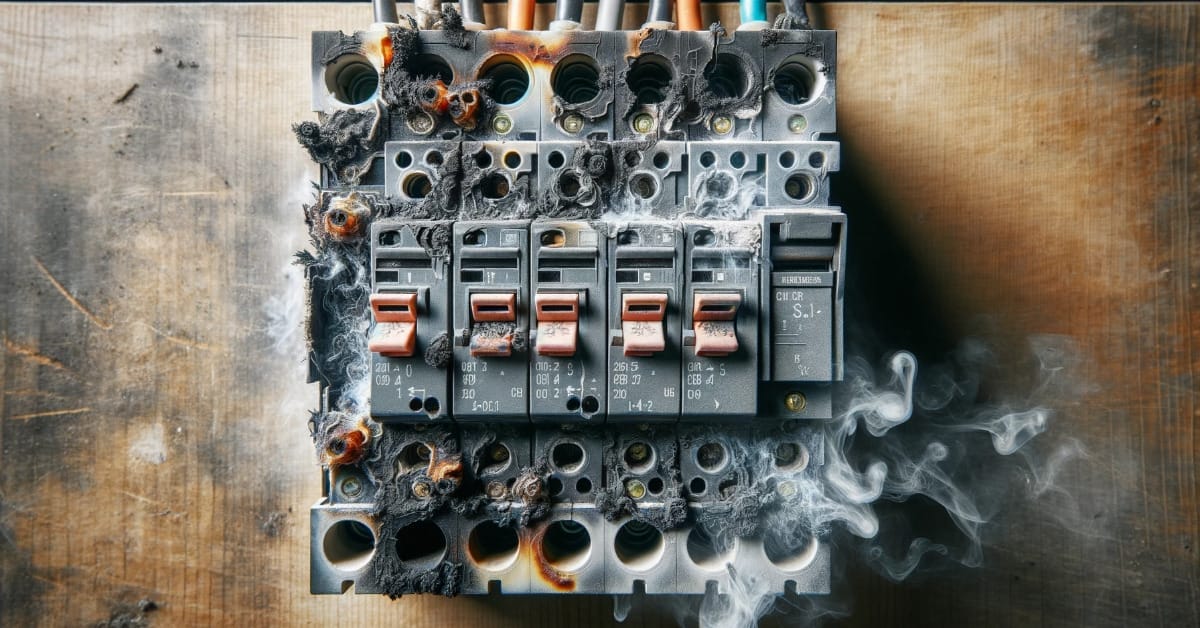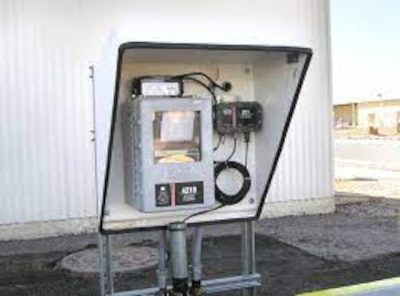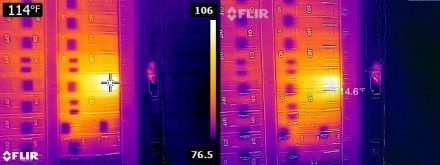How to Cool Down a Circuit Breaker?

If your breaker is overheating, you can do a few things to cool it down.
However, an overheating breaker indicates a problem that must be addressed. If you ignore that problem and only try to cool down the breaker temporarily, you may be allowing a dangerous situation to develop. Cooling down the breaker is not the sole solution.
If the breaker or panel is significantly hotter than room temperature, it indicates a serious problem, so turn the entire power supply off immediately. Then, investigate to identify and urgently deal with the actual cause. Even if the overheating is slight or due to the panel’s location or condition, you don’t just need to try to cool it down but address the cause. This might require replacing the breaker.
When Do You Need to Cool a Breaker?
All circuit breakers are rated to tolerate up to a maximum current level.
For safety reasons, the load’s operating current should not exceed 80% of this rating. If this is exceeded, the resistance increases and the breaker will heat up and eventually trip. If the current is constantly high, the breaker could catch fire.
In terms of temperature, a breaker can usually tolerate up to around 140°F (60°C). If, when touching it, you can’t keep your finger on it for long, it’s too hot. Even a temperature of around 120°F (~49°C) would make it abnormally warm.
Cooling Down an Abnormally Warm Breaker
If the overheating is abnormally high (but not significant), you should still take action to investigate and consider ways of cooling the panel down for safety reasons. Two possible reasons for overheating are the panel’s location and condition.
Location and Condition of the Breaker Panel
Is the breaker panel in direct sunlight, or is there glass or some other reflective surface reflecting the sun’s rays onto the breaker panel?
If so, then the breaker panel location is the problem. In this case, you will have to provide shade to keep it cool. Another thing you can do in combination is to paint the panel white or silver. If any of these is not possible, you may have to relocate the panel to a cooler site.

Another cause of high temperatures generally is dust accumulation or mistakenly painting the panel in a dark color. It might, therefore, only need cleaning or re-painting instead.
If the location or condition of the breaker panel is not an issue, there are other things you should check to deal with the overheating problem.
Cooling Down a Significantly Hot Breaker
If the overheating is significantly high, it indicates a serious problem that requires immediate action.
First, you must switch the breaker off if you can or turn the entire power supply off to the breaker panel immediately. If you notice smoke or sparks in any part of the panel, treat it as an emergency.
Having switched the breaker or panel off, only try to cool it down if you can, such as by using a fan. Otherwise, you can let it cool down by giving it time before disconnecting or removing the problem breaker from the panel.
You can also use an infrared scanner or camera to identify the breaker or other component generating excessive heat in case you are unsure which breaker is responsible.

What Next?
Cooling down the breaker, or allowing it to cool on its own, does not in itself deal with the situation.
To address the cause of overheating, you must investigate further. Don’t turn the breaker or the main breaker in the panel back on until you do this, especially if the overheating is significant. You may need to replace the breaker.
Check also for the following and deal with the problem accordingly:
- Is there any sign of discoloration?
- Is there any sign of melting?
- Is the breaker firmly in place?
- Are the screws and bars tight?
- Is the breaker the right size?
- Does the breaker control the circuit overloaded?
- Does the appliance using that breaker need a separate dedicated circuit?
Wrapping Up
A very hot breaker (~140°F) indicates a serious problem. Turn off the power immediately, and investigate to deal with the cause. Even when too warm (~120°F), you don’t just need to try to cool it down, but to address the cause. You may have to replace the breaker, clean the panel, give it shade, or change its location. We also mentioned other things to look for, and if any of them are the cause, you should deal with the situation accordingly.
